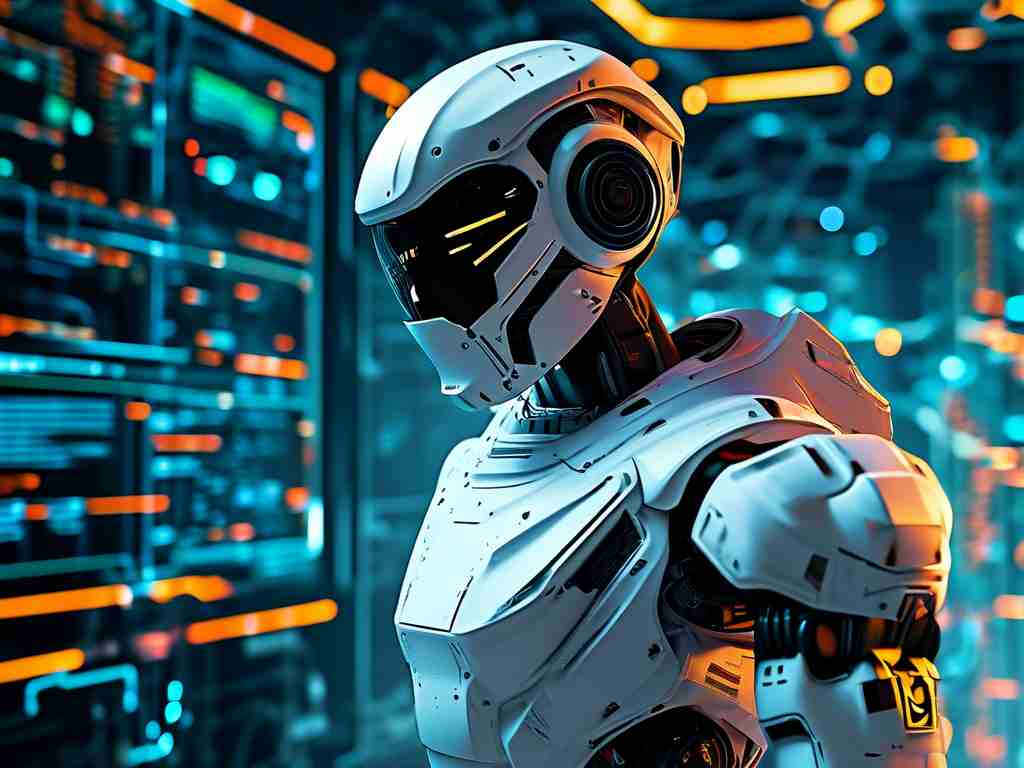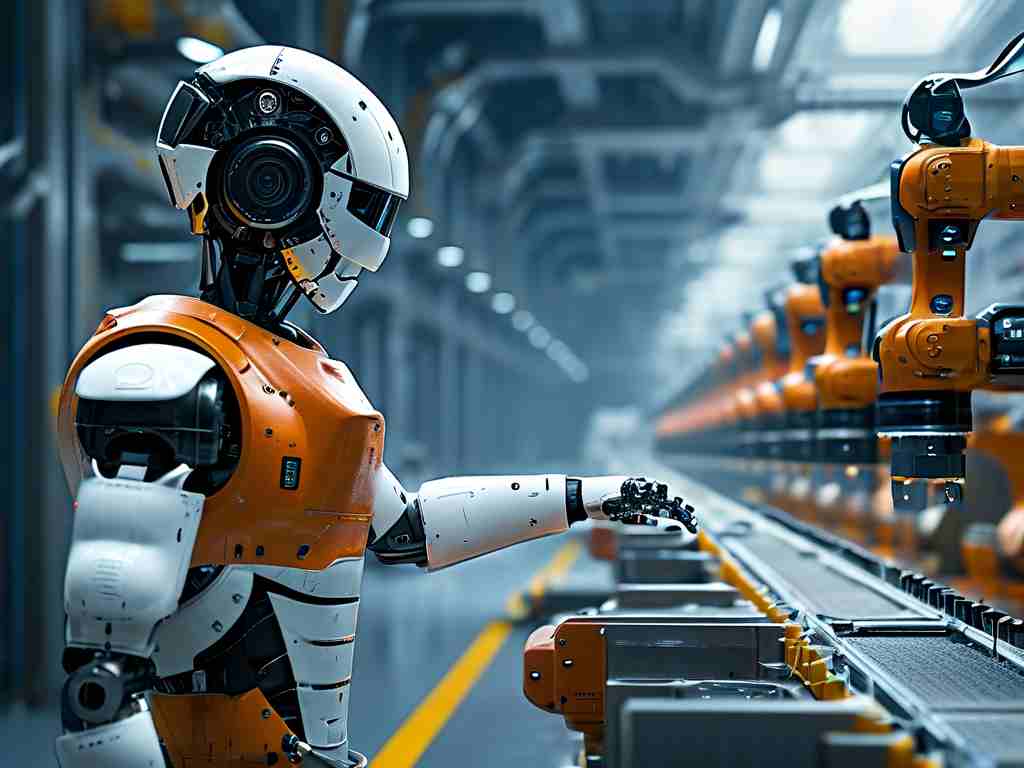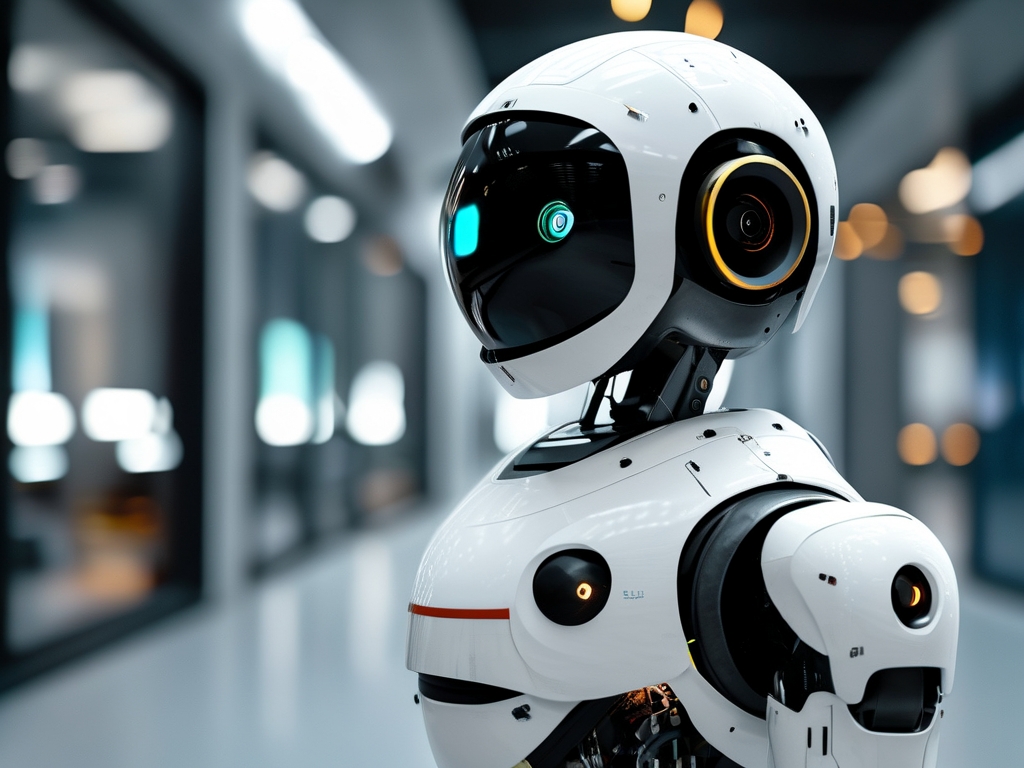As artificial intelligence and robotics increasingly permeate industrial and domestic environments, the imperative to develop robust safety frameworks has reached unprecedented urgency. This article explores cutting-edge methodologies addressing risks in autonomous systems while maintaining operational efficiency.

The Dual Nature of Autonomous Systems
Modern AI-driven robots demonstrate remarkable capabilities in manufacturing, healthcare, and logistics. Collaborative robots (cobots) now work alongside humans in assembly lines, while surgical bots assist in precision operations. However, these systems carry inherent vulnerabilities – from algorithmic biases in decision-making circuits to potential hardware malfunctions during high-stakes operations. A 2023 study by the International Robotics Safety Consortium revealed that 42% of industrial robot incidents stemmed from unanticipated environmental interactions rather than mechanical failures.
Core Safety Architectures
Three-tiered protection models are gaining traction among developers:
- Reactive Shielding: Embedded sensors trigger immediate shutdown protocols when detecting abnormal force patterns. Boston Dynamics' latest Atlas model employs hydraulic pressure monitors that halt limb movements within 0.02 seconds upon detecting unplanned resistance.
- Ethical Constraint Programming: Value-alignment algorithms prevent robots from executing tasks conflicting with predefined ethical parameters. Researchers at ETH Zurich recently implemented "moral buffer zones" in delivery drones, automatically rerouting flights when approaching restricted airspace.
- Neural Firewalling: Isolated decision modules prevent cascading system failures. This approach, inspired by biological immune systems, enabled Toyota's third-generation helper robots to maintain core functions despite partial sensor array damage.
Emerging Threat Vectors
Cybersecurity gaps in robotic systems present escalating challenges. The 2024 breach of warehouse logistic bots in Rotterdam demonstrated how manipulated navigation algorithms caused $7.2 million in inventory damage. Unlike traditional IT systems, compromised robots pose physical dangers – a fact driving the development of quantum-encrypted firmware updates and blockchain-based command verification.
Human-Machine Interface Innovations
Next-generation control systems emphasize intuitive safety interactions:
- Haptic feedback suits enabling operators to "feel" a robot's sensor data
- Eye-tracking emergency stop mechanisms with 80ms response times
- Self-diagnostic voice interfaces that verbally report system integrity status
The European Robotics Board recently mandated color-coded awareness zones (green/yellow/red lighting systems) for all commercial service robots, reducing human error in shared workspaces by 63%.
Regulatory Landscapes
Global standardization efforts face complex hurdles. While ISO/TS 15066 outlines collaborative robot safety requirements, jurisdictional variations persist. South Korea's AI Safety Act (2024) imposes mandatory "ethical circuit" installations, whereas U.S. regulations focus primarily on industrial accident prevention. This regulatory patchwork complicates international robotics deployments but drives innovation in adaptive compliance systems.
Future Directions
Biohybrid safety mechanisms represent the next frontier. Teams at MIT and Sony are experimenting with self-healing polymer skins that mimic human pain receptors, allowing robots to detect and retreat from potentially damaging interactions. Concurrently, neuromorphic computing architectures promise to eliminate traditional programming vulnerabilities through brain-inspired decision pathways.
As AI robotics evolve from tools to teammates, the safety paradigm must shift from risk mitigation to symbiotic assurance. Through continuous innovation in both hardware safeguards and ethical AI governance, the industry moves closer to realizing autonomous systems that enhance human capabilities without compromising security.




